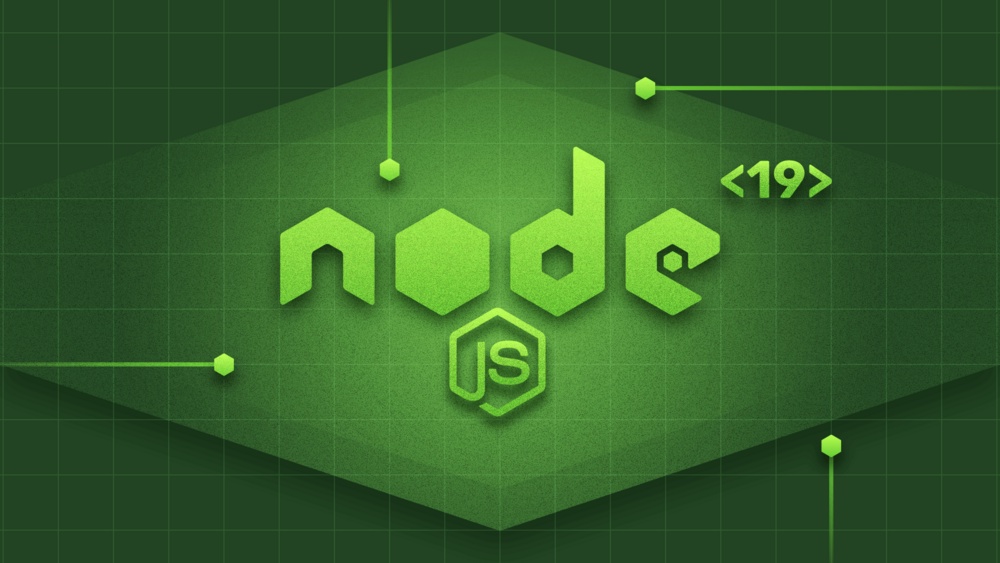Node.js 19 is the most effective version, with updates coming out every two weeks. You may stay up to date on the most recent features and changes by doing this. Since Node.js 19 is an odd-numbered release line, it won't get an LTS upgrade. Well, you may get additional information about the policies and release practices on the Node.js GitHub account.
Node.js updates frequently, providing amazing new features, but Node.js 19 comes with a number of noteworthy improvements.
Node.js 19 is the result of more than 1,150 commits since the previous release. This time around, there aren't as many prominent features because the majority of the work was done in the background to correct or enhance already existing features. Here are a few intriguing options to think about Node 19 upgradation with Node.js development services.
node --watch (experimental)
You'll enjoy the experimental "—watch" command line option added in Node.js 19. If you've ever used nodemon to expedite your development process.
Node.js may be started in watch mode and immediately restarted anytime a file is changed thanks to this functionality.
It only is emphasized Windows and macOS, the two most used development platforms, are supported.
$ node --watch index.js
This feature is supported by Node.js 19.0.0 and 18.11.0+.
This is an example of how features quickly revert to prior releases because it was a part of the Node.js 18 release line before Node.js 19 was released.
Stable WebCrypto
The stable edition of the WebCrypto API is made available with Node.js (with the exception of the following algorithms: Ed25519, Ed448, X25519, and X448)
To access this module, use one of the commands given below.
globalThis.crypto or require('node:crypto').webcrypto
HTTP(S)/1.1 KeepAlive by default
The default setting for keepAlive in this instance of Node.js is true. This means that all outgoing HTTP(s) connections will automatically employ HTTP 1.1 Keep-Alive.
The default keep-alive time is 5 seconds.
Because connections are reused by default, enabling keep-alive will result in higher throughput.
The servers may now send response Keep-Alive messages, which we can now parse. This header informs the client how long to remain connected.
On the other side, the Node.js HTTP server now promptly disconnects idle clients when the close() method is used (who are utilising HTTP Keep-Alive to reuse the connection).
The performance and throughput of Node.js HTTP(S)/1.1 requests will automatically improve.
Custom ESM Resolution Adjustments
The flag for —experimental-specifier-resolution is no longer supported by Node.js. By using unique loaders, we can accomplish this capability.
No Support for DTrace/SystemTap/ETW
The system's running processes can be thoroughly examined with DTrace, together with the memory, CPU, disc, and network resources they are consuming.
Although it can be a useful tool, maintaining it requires a lot of work. As a result, DTrace/SystemTap/ETW is not supported by Node.js as of version 19.0.0.
Prioritization of resources is the major factor. Without a well-defined strategy, the difficulty of maintaining support for these instruments has proven ineffectual.
Take Away
You can certainly keep an eye on the Node.js Release Schedule if you want to know when new versions of Node.js will be released. In any case, whether you encounter any deployment issues when utilizing Node.js 19 or if you're an entrepreneur who wants to upgrade your Node.js project to the newest version, we've got you covered. Connect with us and hire Node js developer to discuss your needs at any time.


No comments yet